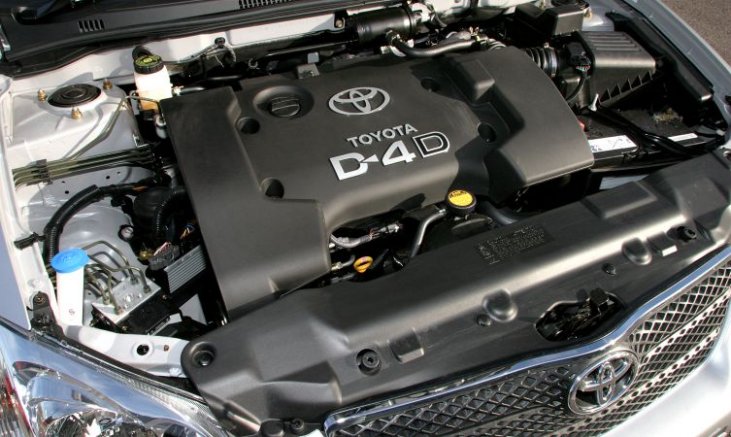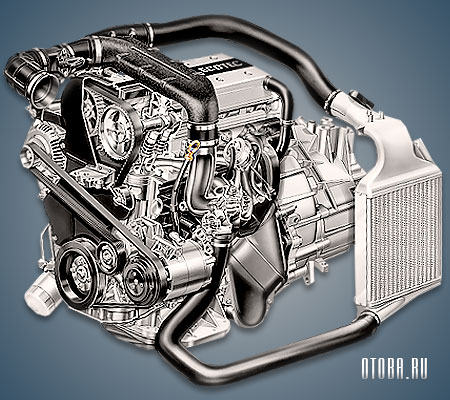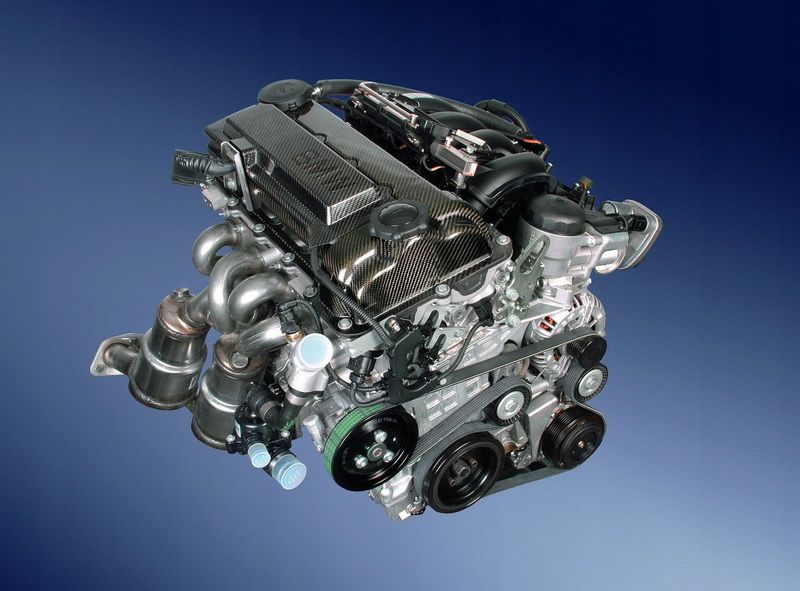
D4D engine from Toyota - what you should know about the unit?
Content
The motor was developed in cooperation between Toyota and Denso Corporation. It uses solutions known from other modern diesel engines. These include, for example, the operation of ignition maps when controlling the engine using TCCS.
When was the D4D engine created and in which vehicles is it used?
Work on the D4D block began back in 1995. The distribution of the first cars with this engine began in 1997. The main market was Europe, because the unit was not very popular in Asia or the United States, despite the fact that Toyota sells the most cars there.
The D4D engine is used in Toyota diesel engines, but there are exceptions to this rule - this is the case when it comes to units where the D-CAT system is used. This is a development of the D4D system and the injection pressure is higher than the original system - 2000 bar, and not the range from 1350 to 1600 bar.
Popular unit variations from Toyota
One of the most popular Toyota engine options was the 1CD-FTV. Equipped with Common Rail system. It had a working volume of 2 liters and a power of 116 hp. In addition, the design includes four in-line cylinders, reinforced cylinder walls and a variable geometry turbocharger. The 1CD-FTV unit was produced until 2007. Models of cars on which it was installed:
- Toyota Avensis?
- Corolla;
- Previous;
- Corolla Verso;
- RAV4.
1ND-TV
Also worth mentioning is the 1ND-TV block. It was an inline four-cylinder turbocharged diesel engine. It had a displacement of 1,4 liters and, like other D-4D units, it used Common Rail direct fuel injection. In the case of the 1ND-TV, the maximum power is 68,88 and 90 hp, and the unit itself complies with EURO VI emission standards. Vehicle models that have been fitted with this engine include:
- Auris;
- Corolla;
- Yaris;
- S-verse;
- Etios.
1KD-FTV and 2KDFTV
In the case of the 1KD-FTV, we are talking about an in-line, four-cylinder diesel engine with two camshafts and a 3-liter turbine with a capacity of 172 hp. Installed on cars:
- Land Cruiser Prado;
- Hilux Surf;
- Fortuner;
- Hyas;
- Hilux.
On the other hand, the second generation hit the market in 2001. It had a smaller displacement and maximum power than its predecessor: 2,5 liters and 142 hp. She was present in such cars as:
- Fortuner;
- Hilux;
- Hyas;
- Innova.
AD-FTV
The unit of this series was introduced in 2005. It had a turbocharger, as well as a displacement of 2.0 liters and a power of 127 hp. The second generation, 2AD-FTV, was equipped with a D-4D common rail system, as well as a variable geometry turbocharger with a displacement of 2,2 liters. Maximum power ranges from 136 to 149 hp.
The third generation of the unit was also created. It received the designation 2AD-FHV and had high speed piezo injectors. The designers also used the D-CAT system, which limited the emission of harmful substances. The compression ratio was 15,7:1. The working volume was 2,2 liters, and the unit itself provided power from 174 to 178 hp. Listed units have been used by vehicle owners such as:
- RAV4;
- Avensis;
- Corolla Verso;
- Auris.
1GD-FTV
In 2015, the first generation of the 1GD-FTV unit was introduced. It was a 2,8-liter inline unit with a 175 hp DOHC engine. It had 4 cylinders and a variable geometry turbocharger. For the second generation, the 2GD-FTV had a displacement of 2,4 liters and a power of 147 hp. The two variants had the same compression ratio of 15:6. Units were installed on models such as:
- Hilux;
- Land Cruiser Prado;
- Fortuner;
- Innova.
1 VD-FTV
A new stage in the history of Toyota engines was the introduction of unit 1 VD-FTV. It was the first V-shaped 8-cylinder diesel engine with a displacement of 4,5 liters. It is equipped with the D4D system, as well as one or two variable geometry turbochargers. The maximum power of the turbocharged unit was 202 hp, and the twin turbo was 268 hp.
What are the most common diesel problems?
One of the most common malfunctions is the failure of injectors. The Toyota D4D engine does not idle smoothly, and also consumes a large amount of fuel, or is extremely noisy.
There are failures in blocks 3.0 D4D. They relate to the burnout of the sealing rings, which are made of copper and are installed on the fuel injectors. A sign of a malfunction is white smoke coming from the engine. However, keep in mind that with regular maintenance of the unit and replacement of components, the D4D engine should repay you with smooth and stable operation.

